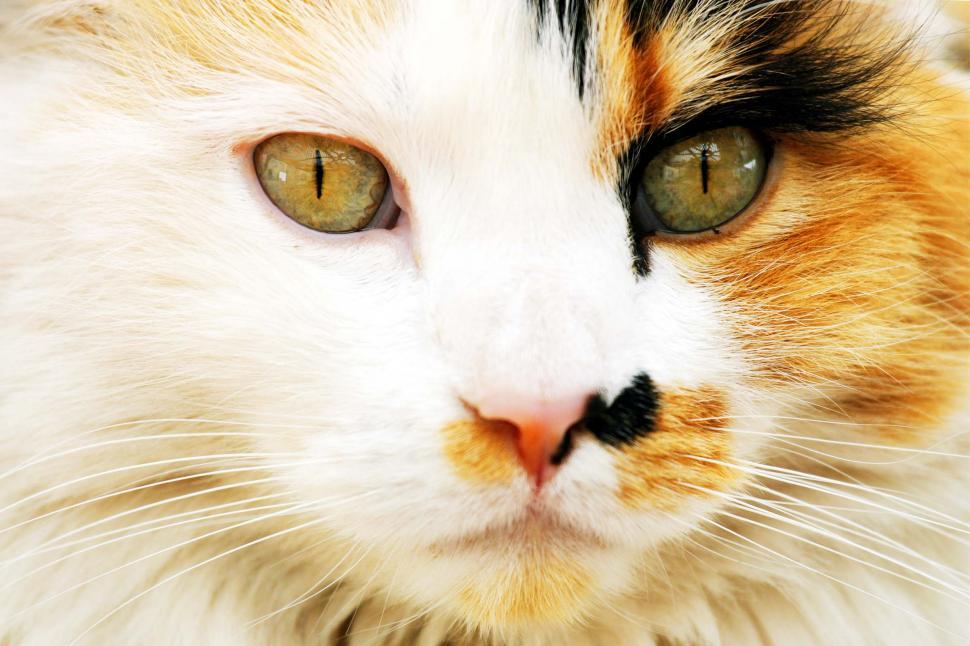
Selecting the ideal cat litter for your feline pal can be an overwhelming job offered the myriad of choices offered on the market. This extensive guide will explore the various kinds of cat litter, their advantages, disadvantages, and everything in between to help you make a notified decision.
The material of the cat litter plays a crucial function in its effectiveness. Typical products include clay, silica gel, recycled paper, wood, corn, wheat, and walnut shells. Each material uses unique advantages and possible downsides.
Clay-based litters are the most conventional and widely utilized due to their high absorbency and clumping capabilities, which make clean-up simpler. However, they can be dirty and may not be the best alternative for cats or human beings with breathing issues. Silica gel crystals are highly absorbent, control odors successfully, and are low maintenance considering that they don't require to be changed as regularly. Nevertheless, they can be more expensive and some felines may not like the texture. Biodegradable litters, made from recycled paper, wood, corn, wheat, and walnut shells, are environment-friendly options. They are usually dust-free and great for cats with allergic reactions, but their smell control and clumping capabilities differ widely.
The option between clumping and non-clumping litter is substantial. Clumping litter forms strong masses when wet, making it simple to scoop out urine and feces, hence maintaining a tidy litter box. Non-clumping litter Recycled Paper Cat Litter soaks up moisture however does not form clumps, which may result in more regular changes of the entire litter box.
Smell control is a top priority for the majority of cat owners. Litters are typically infused with baking soda or Litter Box Mats charcoal to reduce the effects of odors. Preserving a fresh litter box likewise requires routine scooping, preferably twice a day, and following the manufacturer's standards for altering the litter and cleaning up the box.
The health of your cat and the environmental impact of the litter are likewise crucial elements. Dust-free or low-dust alternatives are better for breathing health. Biodegradable litters provide an environment-friendly alternative to clay, which is strip-mined and not eco-friendly. In addition, it's vital to be knowledgeable about any allergies your feline might have to specific products.
Expense is an essential consideration, as the rate of cat litter can differ significantly. While silica gel Clay Cat Litter and some naturally degradable litters might be more expensive in advance, their durability can use savings in the long run. Alternatively, clay litter is typically cheaper but requires more regular replacement.
Eventually, the finest cat litter is one that suits both your and your cat's preferences and needs. It might take some experimentation to find the perfect match. Focus on your feline's habits and comfort, as well as the litter's performance in terms of smell control, absorbency, and upkeep.
Picking the ideal cat litter contributes substantially to your cat's health, happiness, and the cleanliness of your home. By considering the material, clumping ability, odor control, health impacts, ecological impacts, and expense, you can make an informed choice that benefits both you and your furry companion. Remember, what works finest for one feline might not match another, so be ready to experiment until you find the ideal solution.